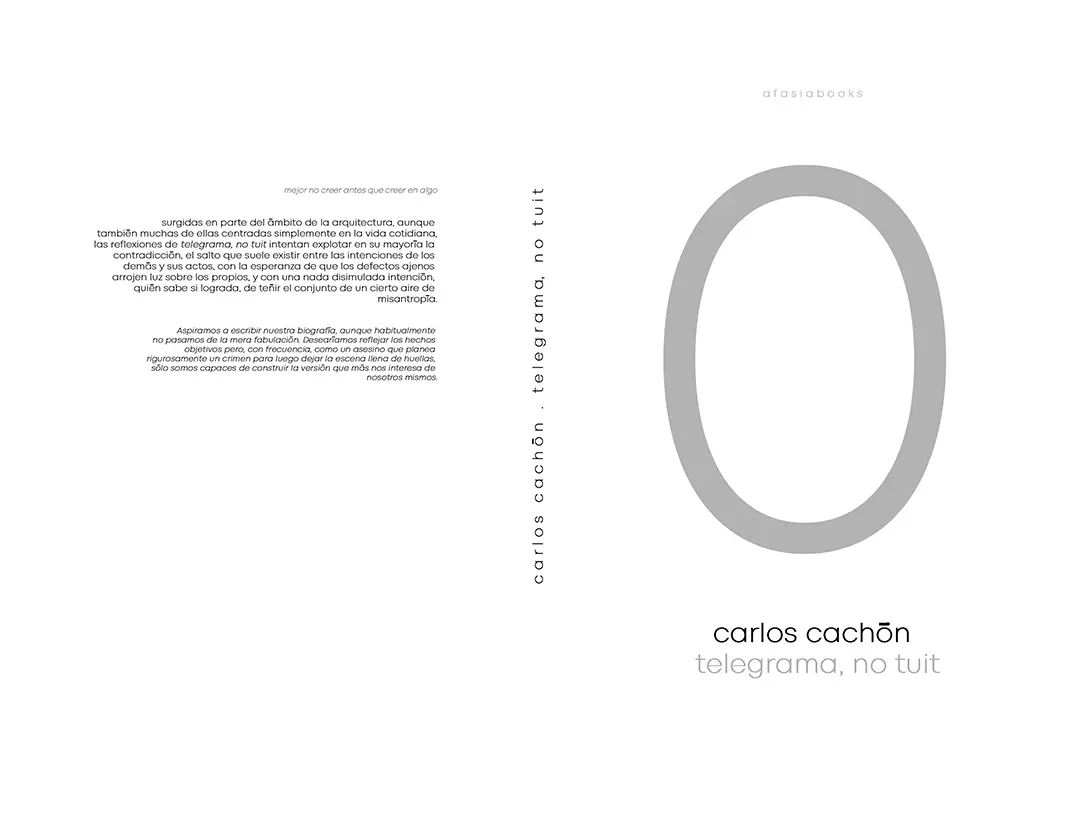Marcos Garcia Mouronte . Maxwell Martin . Marylynn Antaki
Could we build time for the disenfranchised actors of sea level rise?
The world is witnessing an opposite process to that of Powers colonizing and expanding: and it is that of nations that, literally, surrender portions of their territories because of climate change and its associated sea level rise. At the melting of the earthly and oceanic realms, unprecedented issues of abandonment, natural concern and social inequality arise in parallel to a new geographical type: territories of environmental, legal and social blurriness or blurritories.
The aim of Blurritorialism is to construct a scenario of transition for these surrendred spaces. Transition meaning empowering the disenfranchised non-human and human actors of these surrendered locations to take action against the processes that are leaing to their natural and social erasure by making the best out of their available resources. This is, rather than thinking of the illusion of restoring these locations to its former state, Blurritorialism is a proposal for an urbanism of building time so their human and non-human inhabitants can manage their future condition: from resisting to relocating.
The specific site for the implementation of Blurritorialism is Jean Lafitte, a small town in Louisiana which is a paradigm of a surrendered territory by public authorities and economic Powers. The natural distorsions and social inequalities in Jean-Lafitte are caused by an absence of a democratic management of the ecosystem, manifested through distortions on salinity gradients and mating áreas among others. An ecosystem and a society being erased through land-retreat, chemicals carried by the Mississippi and competing water flows of salt and fresh water.
The theory is to be implemented in Jean-Lafitte through an urbanism of building time consisting of five architectures of transition acting as life-suports. Rather than being high-tech exhibitions intendended to make the issue of sea level rise disappear, are thought to work as low-tech life-supports built by utilizing the epertise of Jean-Lafitte inhabitants and expanded by living matter. Trans-architectures that, Will mobilize the technical expertise of lafitteans with an interspecies approach. From their work with boats, to their knowledge regarding meses, and inflatable structures or ropes. But Will also mobilize their existing social fabric. The organization for their construction Will rely on the current networks, which in a town of this size are supported by institutions such as the fishermen center, the high school or the football team.
Welcome to a blurritorialist Jean-Lafitte.
_
·
¿Se puede construir tiempo para los actores marginados por la subida del nivel del mar? El mundo está presenciando un proceso opuesto al de expansión y colonización: Naciones que, literalmente, rinden partes de su territorio por el cambio climático y la subida del nivel del mar. En el encuentro de lo terrestre y lo oceánico, problemas de abandono, cuestiones medioambientales y desigualdad social emergen en paralelo a una nueva categoría geográfica. Territorios borrosos a nivel legal, social y medioambiental o “blurritories” El objetivo de “Blurritorialism” es construir un escenario de transición para estos territorios rendidos. Transición en el sentido de empoderar a los actores marginados, tanto humanos como no humanos para que reaccionen ante los procesos que están llevando a su borrado tanto social como natural. Esto es, en lugar de pensar en restaurar estos emplazamientos a su estado original, Blurritorialism es una propuesta para un urbanismo sobre la construcción de tiempo para que los habitantes puedan decidir su propio futuro: desde resistir hasta mudarse. El emplazamiento para la implementación de Blurritorialism es Jean-Lafitte, una pequeña ciudad de Louisiana que es un paradigma de territorio rendido por las instituciones públicas y los poderes económicos. Los problemas medioambientales y desigualdades sociales de Jean-Lafitte están causadas por la ausencia de una gestión democrática del ecosistema, que en este lugar se manifiesta por distorsiones en los gradientes de salinidad del agua entre otros. Un ecosistema y una sociedad que están siendo borrados por la retracción de la tierra, los químicos portados por el río Mississippi y una competición entre los cursos de agua del propio río y del Golfo de México. La teoría es implementada en Jean-Lafitte mediante un urbanismo de construcción de tiempo a través de cinco arquitecturas de transición o trans-arquitecturas que funcionan a modo de soportes vitales: Suelo, ciclos del carbono, agua salada, agua dulce y contaminantes. En lugar de ser un despliegue tecnológico cuyo objetivo sea omitir la subida del nivel del mar, las cinco trans-arquitecturas funcionan como instrumentos low-tech contruidos utilizando los conocimientos de los habitantes de Jean-Lafitte y expandidos por material vivo. El objetivo es movilizar tanto su conocimiento técnico en lo referido a estructuras inflables, barcos o cuerdas como también su tejido social. La organización para su construcción estará basada en las redes existentes, que en una ciudad de este tamaño están soportadas por entidades como la cofradía de pesca, el instituto o el equipo de fútbol. Bienvenidos a un Jean-Lafitte blurritorialista. _ Autores: Marcos Garcia Mouronte – Maxwell Martin – Marylynn Antaki Profesorado: Andrés Jaque Ovejero y Xiaoxi Chen // Columbia University in the City of New York





















